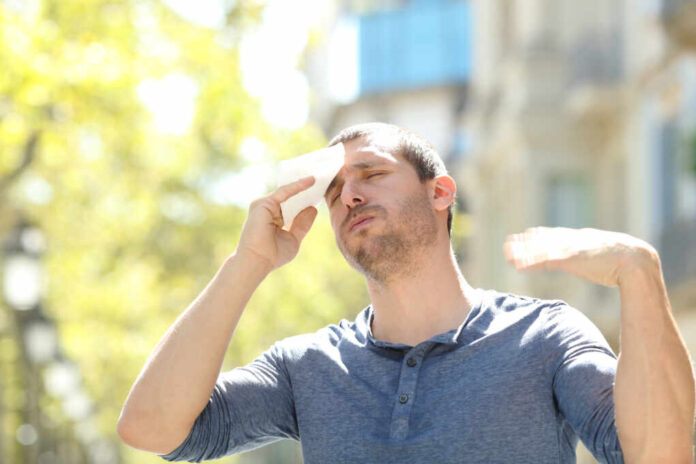
An unrelenting heat wave in the U.S. East and Midwest, described as a “heat dome,” is causing widespread havoc, raising serious concerns about climate change.
At a Glance
- The Midwest and Northeast face heatwaves, temperatures over 100 degrees.
- A “heat dome” high-pressure system causes extreme conditions.
- Heat-related deaths have occurred; a woman in Missouri and a minor in Maryland.
- Climate change contributes to worsening heatwaves across the U.S.
Understanding the Heat Dome Impact
The Midwest and Northeast U.S. are enduring an extreme heat wave with temperatures exceeding 100 degrees. This weather pattern, a “heat dome,” is responsible for creating these hazardous conditions by forming a high-pressure system that traps heat and blocks cloud formation. Tragically, the heatwave has already claimed the lives of a 55-year-old woman in St. Ann, Missouri, and a minor in Maryland, highlighting the deadly potential of such extreme weather.
Cities like Baltimore, Philadelphia, and Boston are witnessing “feels like” temperatures well over 100 degrees. Power companies like Con Edison in New York City are urging energy conservation to prevent widespread blackouts. The heat has prompted the National Weather Service to issue heat advisories and extreme heat warnings in multiple areas.
Climate Change and Nighttime Temperature Concerns
Record-breaking temperatures are expected to continue, but it’s the high nighttime temperatures that pose significant health risks. Without relief overnight, many face increased heat-related illnesses, making air conditioning indispensable. Fans prove ineffective once temperatures rise above 95 degrees, stressing the need for reliable cooling methods when combating heat stress.
The heatwave’s psychological impact is considerable, with increased stress levels and mental health concerns rising. Vulnerable populations such as seniors, young children, and lower-income communities face amplified dangers due to insufficient resources for adequate cooling and hydration. The urban heat island effect exacerbates these issues in metropolitan areas.
Fighting Back Against the Heat
As climate change continues to increase the frequency and intensity of heat waves, strategic interventions are crucial. Efforts include reducing carbon pollution, preparing local governments for health threats, and promoting personal protection measures to mitigate future risks. Cooling centers in cities like Chicago offer relief to vulnerable populations, emphasizing community support in combating the brutal heat.
The current heatwave highlights the urgent need to address climate change and implement lasting strategies. Without intervention, urban areas may face tremendously more dangerous heat events by the end of the century, proving that proactive measures and collaboration are essential to safeguard public health.

























